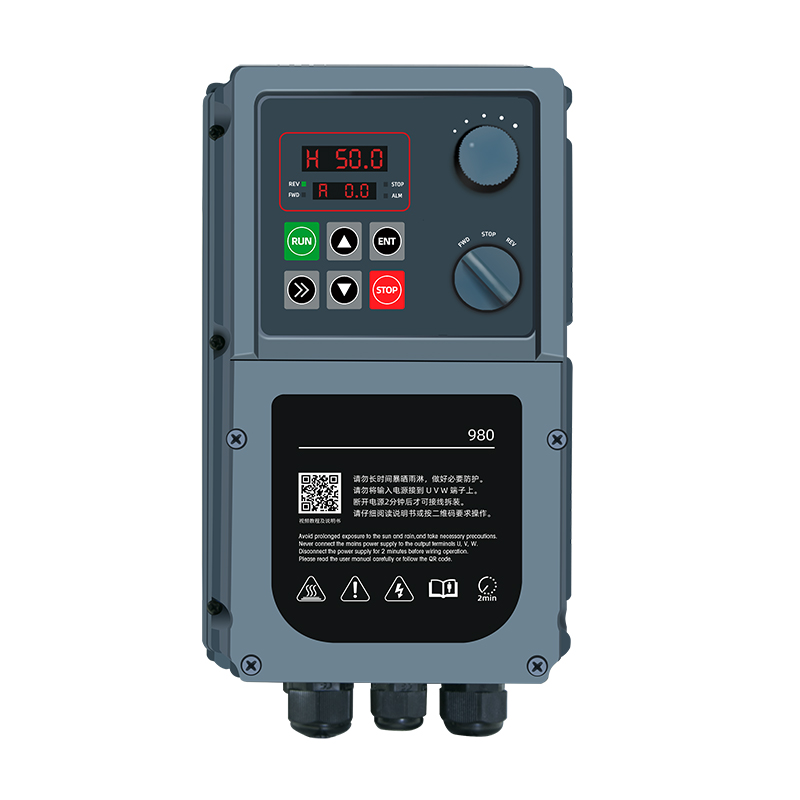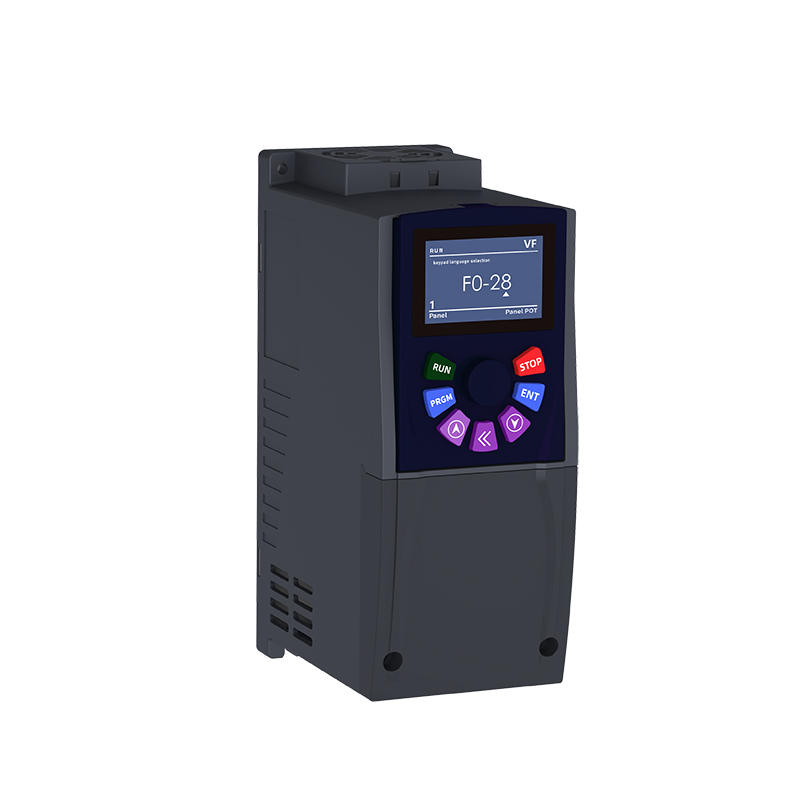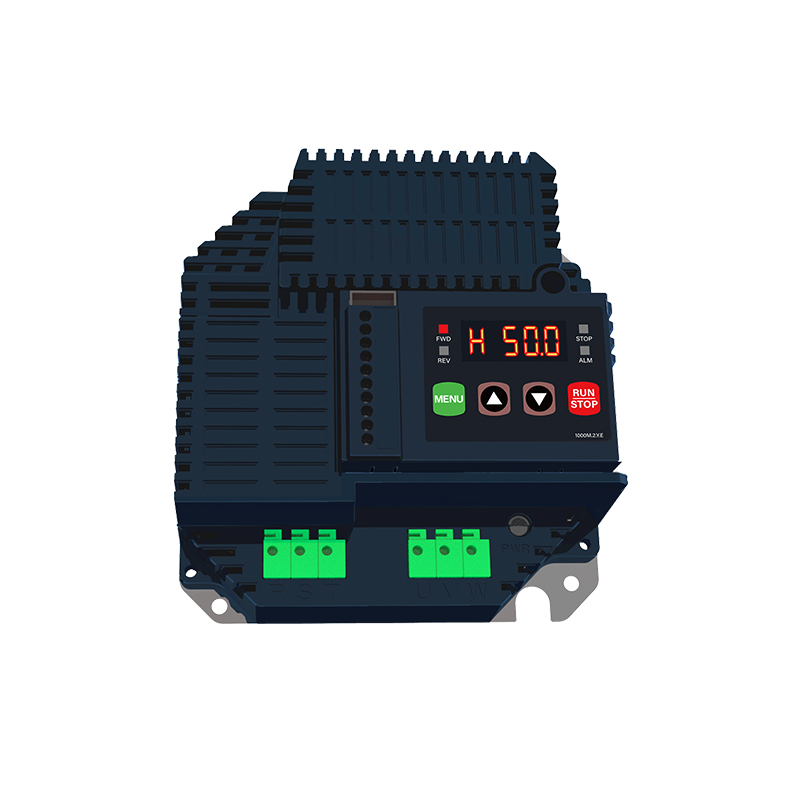Variable Frequency Drive (VFD), is a power control device that utilizes frequency conversion technology and microelectronic technology to adjust the working power frequency of an AC motor, enabling precise control over its operation.
Structure and Components
A VFD comprises the following key components:
Rectifier: Converts alternating current (AC) to direct current (DC).
Filter: Smoothens the DC output.
Inverter: Converts DC back to adjustable-frequency AC.
Brake Unit: Manages braking operations.
Drive Unit: Controls motor operation.
Detection Unit: Monitors system parameters (e.g., voltage, current).
Microprocessor Unit: Executes control algorithms and logic operations.
By modulating the switching of internal IGBTs (Insulated Gate Bipolar Transistors), the VFD dynamically adjusts the voltage and frequency of the output power supply to match the motor’s requirements. This enables energy-efficient operation and precise speed control. Additionally, VFDs integrate multiple protective functions, including overcurrent, overvoltage, overload, and short-circuit protection.
With advancements in industrial automation, VFDs have become indispensable across various sectors.
Key Functions and Applications
1. Energy Efficiency
VFDs deliver significant energy savings, particularly in fan and pump systems. Traditional systems use dampers or valves to regulate flow, keeping the motor speed constant and wasting energy. In contrast, VFDs adjust motor speed to match demand, reducing power consumption by 20–60%.
Principle: Power consumption in fans/pumps is proportional to the cube of the motor speed (i.e., reducing speed by 20% cuts power use by nearly 50%).
Applications:
Constant-pressure water supply systems
HVAC systems (e.g., central air conditioning)
Industrial fans, blowers, and hydraulic pumps
Statistics indicate that fans and pumps account for 31% of national electricity consumption and 50% of industrial power usage, making VFD adoption critical for sustainability.
2. Automation and Precision Control
Equipped with 32-bit/16-bit microprocessors, VFDs achieve output frequency accuracy of 0.1%–0.01%, enabling advanced automation in processes such as:
Textile Industry: Winding, stretching, and wire guiding in chemical fiber production.
Glass Industry: Temperature control in annealing furnaces, glass kiln stirring, and bottle-making machines.
Steel Industry: Automated feeding for electric arc furnaces and batching systems.
Elevator Systems: Smooth acceleration/deceleration and intelligent speed regulation.
3. Enhancing Process Quality and Equipment Longevity
VFDs optimize performance in conveyors, lifts, extruders, and machine tools by:
Improving process consistency and product quality.
Reducing mechanical stress, noise, and vibration, extending equipment lifespan.
Simplifying mechanical systems (e.g., replacing complex gearboxes with direct speed control).
Example: Textile Setting Machines
Traditional Method: Temperature regulation via dampers led to high belt/bearing wear and energy waste.
VFD Solution: Adjusting fan speed ensures precise temperature control, reducing energy use by 40% and minimizing mechanical wear.
4. Soft Motor Starting
Hard Starting Issues: Sudden high inrush currents strain the power grid, damage valves/pipes, and shorten equipment life.
VFD Soft Start: Gradually ramps up motor speed, limiting starting current to ≤ rated current. Benefits include:
Reduced grid instability and infrastructure stress.
Extended lifespan of motors, valves, and pipelines.
Lower maintenance costs.
Conclusion
Variable frequency drives revolutionize industrial operations by enabling energy savings, process optimization, and intelligent motor control. Their applications span water supply, HVAC, manufacturing, and automation, making them vital for modern industries aiming to enhance efficiency, reduce costs, and meet sustainability goals. By integrating VFDs, businesses achieve precise control, reliability, and long-term operational savings.





